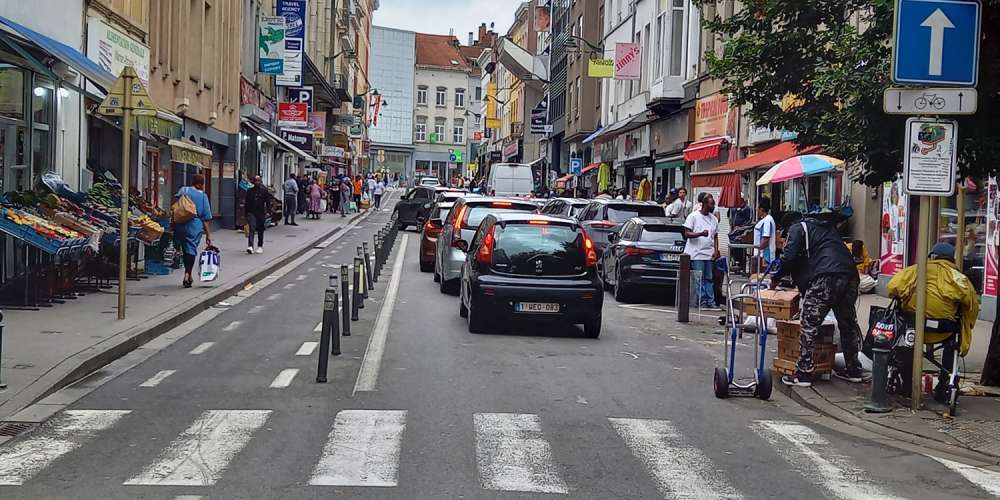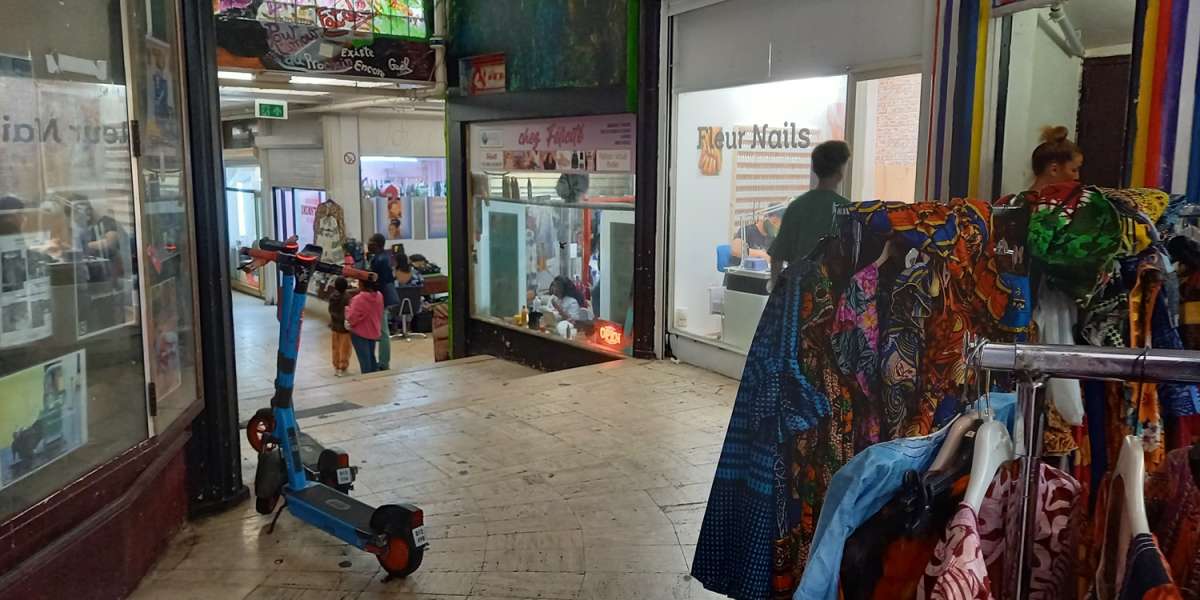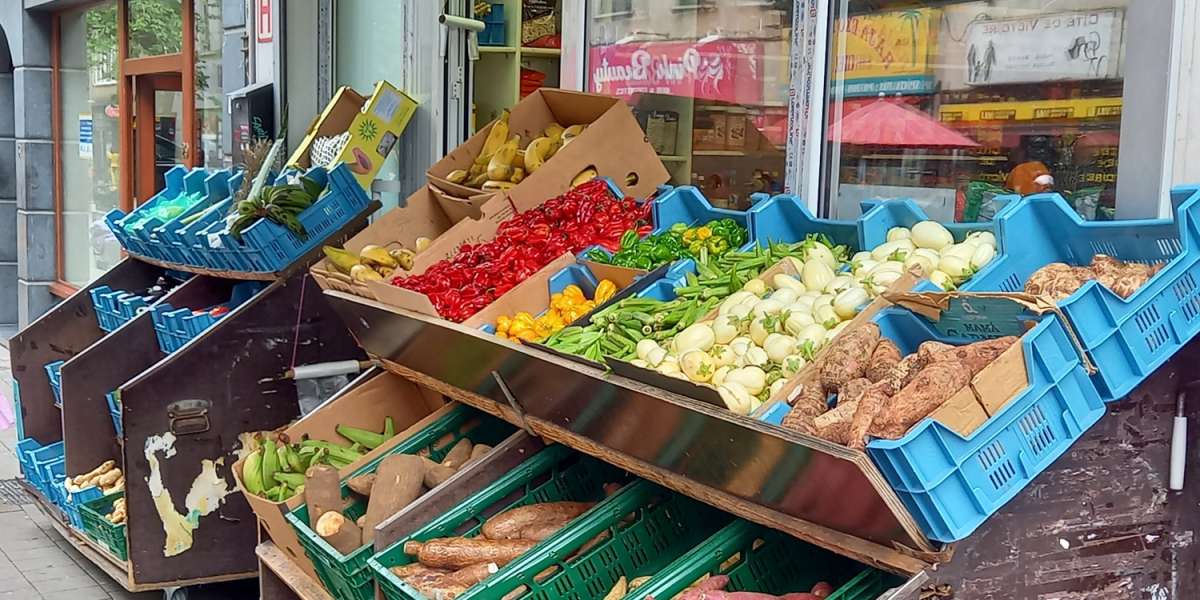
The Matonge district of Brussels, a vibrant and colorful neighborhood, is steeped in a rich history that intertwines the cultural heritage of Belgium with the African spirit of the Democratic Republic of Congo (DRC). Named after a lively area in Kinshasa, the capital of the DRC, Matonge in Belgium became a focal point for the Congolese community following the African nation’s independence in 1960.
The late 1950s saw an influx of Congolese students to Belgium, which laid the foundation for what would become an authentic African quarter in the heart of Brussels. As these students settled in the city, they brought with them the diverse and dynamic culture of their homeland, transforming the area into a melting pot of African traditions and Belgian bohème.

Matonge gallery
Matonge is more than just a geographical location; it represents a bridge between two worlds. It’s a place where the echoes of Congo’s past, marked by the colonial rule of Belgium and the subsequent struggle for independence, are palpably felt. The district serves as a living museum, showcasing the resilience and cultural richness of the Congolese people who have made Belgium their home.

African food store – Waverse steenweg – Chaussée de Wavre, Matonge, B1050 Brussels, Belgium
The area is known for its bustling streets, filled with African shops, restaurants, and cultural centers that offer a slice of Congolese life in the heart of Europe. It’s a place where the rhythm of African music, the aroma of traditional cuisine, and the vibrancy of African fashion come together to create a unique and immersive experience.
Despite its charm and cultural significance, Matonge has also faced challenges. The neighborhood has been at the center of discussions on urban development and gentrification, with initiatives aimed at ‘cleaning up’ the area to connect it more seamlessly with the European quarter and Avenue Louise. These efforts have sparked debates about preserving the cultural identity of Matonge while accommodating the evolving landscape of Brussels.
The history of Matonge is a testament to the enduring spirit of the Congolese diaspora and their contributions to the cultural tapestry of Belgium. It stands as a symbol of diversity and unity, a place where the past and present coexist, and where the future is shaped by a shared heritage and mutual respect.
As Matonge continues to evolve, it remains a crucial part of Brussels’ identity, a neighborhood that not only reflects the history of Belgium’s relationship with the Congo but also celebrates the ongoing story of a community that has enriched Belgian society in countless ways. The district’s history is a poignant reminder of the complex ties that bind nations and peoples, and the power of cultural exchange to create spaces of belonging and understanding.
Post expires at 5:32am on Wednesday October 30th, 2024
Leave a Reply